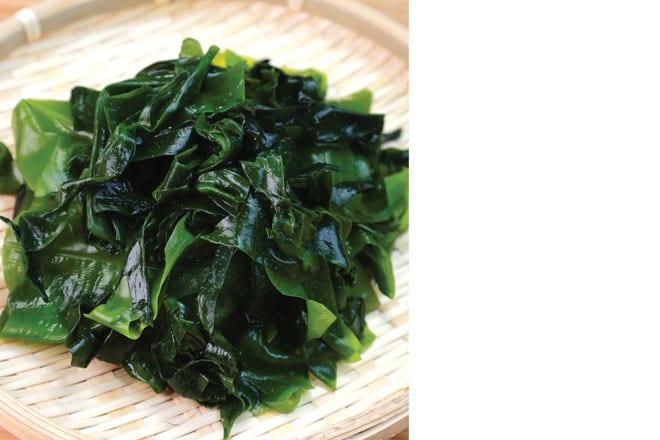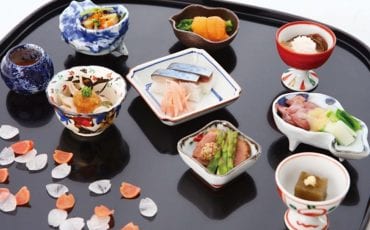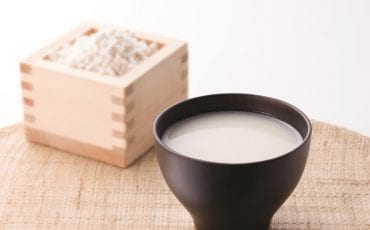- OISHII
- OISHII Wiki
- Ingredients
- Wakame
OISHII Wiki
Ingredients
Wakame
You’ve probably seen wakame in your miso soup, but the use of this seaweed in Japanese cooking is a lot more varied than most people realise.

Unlike kombu, wakame is thin and stringy. It is also tender and becomes meltingly soft within minutes of being in hot liquids – that’s why you’ll typically see it in soups and salads, or added to stews and stir-fries. And because it imparts oceanic, umami flavours like kombu does, it too can be used as a condiment first toasted, ground, then sprinkled over cooked rice, vegetables or soups.
Wakame is farmed in most of Japan’s coastal areas using artificial seeding and transplantation. However, at Sanriku coast, wild wakame continues to be harvested. There, thanks to the clean, clear and cold Pacific waters, wild wakame grows prolifically. In fact, the area is known for producing one of the world’s highest quality wakame, with an unparalleled depth of flavour.
Wakame harvest takes place from February to end of March when the plants reach maximum size. Farmers head out at dawn and use sickles to hand-cut wakame stems, before bringing them back to land. Mekabu, the part near the root, is separated from the leaf. It is thick, slimy and crunchy. Generally considered the tastiest part of wakame, mekabu is usually sold separately. The rest of the wakame is hung and dried for a few days until it is crisp.
It’s packed with nutitional benefits too. Research has shown that wakame contains fucoxanthin – an active chemical proven to help burn fat!









